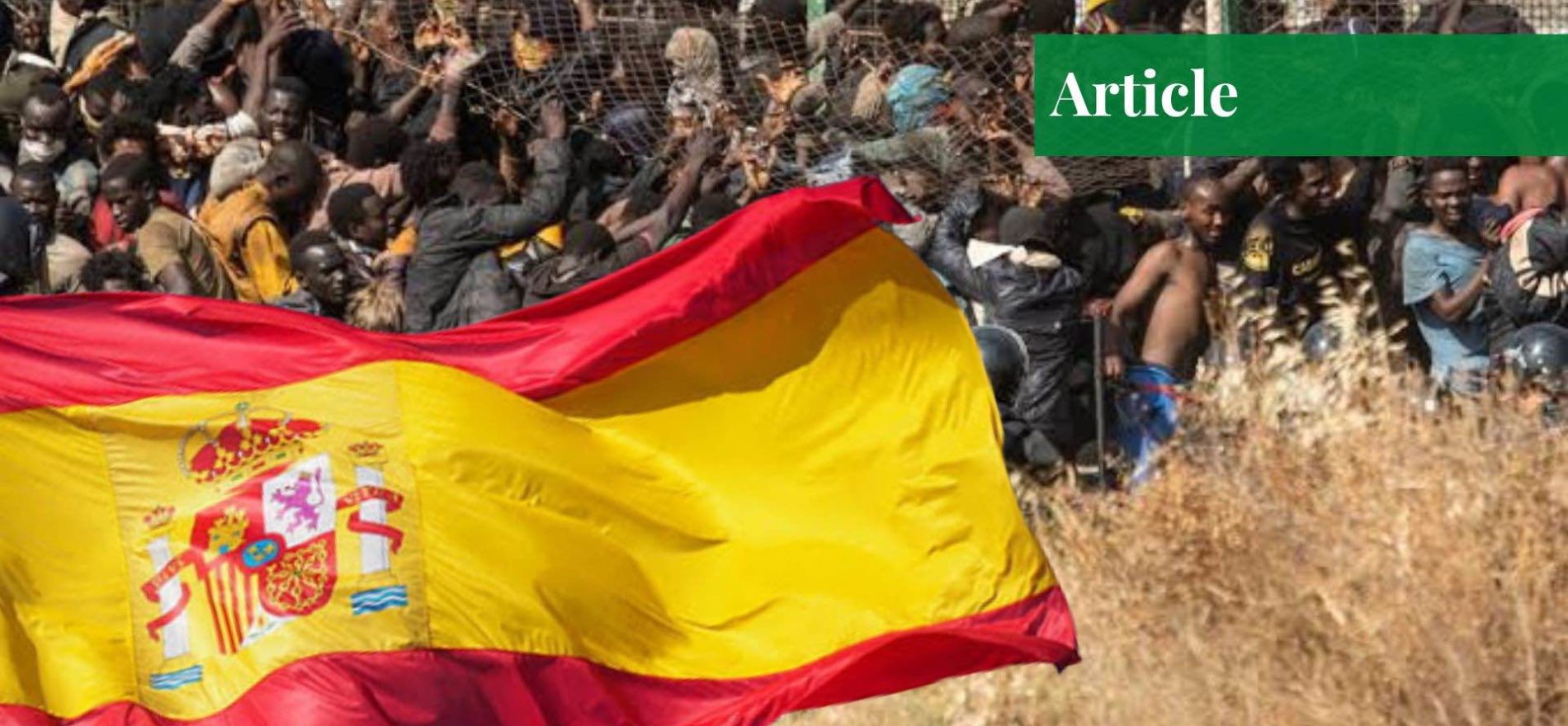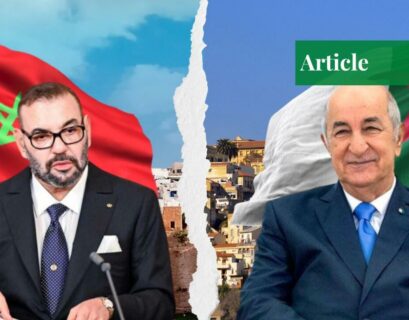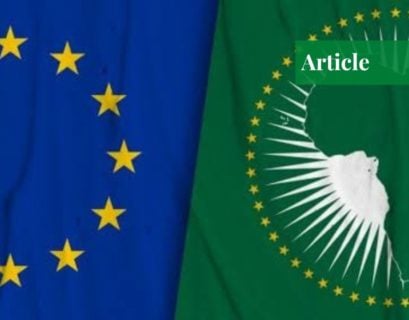Hafsa Ammar is a graduate of the National Defence University, Islamabad. Her areas of expertise are narrative building and propaganda warfare, centered around the Soviet Union and modern-day Russia.
The Tragedy at the Border
Tragedy struck on 24th June 2022, when there was news of a massacre at the border of Morocco and Melilla – a Spanish enclave present in North Africa. Around 2000 Sudanese and Chadian migrants were attempting to cross over the iron fencing over into Spain. They were accosted and attacked by security forces on both sides.
Melilla represents the southern border of the European Union and calls for more active involvement of EU forces as this enclave faces a significantly larger portion of illegal migration than its sister enclave Ceuta. These migrant ‘hops’ or ‘jumps’ are perceived to be getting more violent as the days pass giving security forces an open invitation to use brute force to negate the waves of migration.
Said brute force reared its head again in late June 2022, when sub-Saharan African men were met with violence in the form of Spanish and Moroccan LEAs when they tried to illegally cross the border. Although the exact number of deaths has not yet been confirmed, as different sources are citing different figures, the closest approximation has been 23.
This number has been submitted by the Moroccan security forces, but various NGOs and humanitarian agencies regard the number to be over 100. There have been reports of the Moroccan security forces attempting to cover up the fatalities by digging up mass graves – burying the victims to remove any viable evidence of police brutality.
A Repeated Pattern
The hurried burials were done without any prior conducted investigation. Families of the deceased couldn’t identify their loved ones, much less have the time and opportunity to give them a dignified funeral. “It is shocking that Moroccan authorities are reportedly preparing to hastily bury the men who died.” Protests and rallies came to life instantly in Barcelona, Madrid, Ceuta, Rabat etcetera.

The militarized reinforcement of borders is not a new concept, nor is it limited to Morocco and Spain. It is a universalized action that has led to violations of human rights for years. It is a repetitive pattern that has left its scars in the psyche of the people in the past too.
In 2005, around 13 people lost their lives due to the harsh actions of the Moroccan and Spanish forces. It happened again in 2015 when Spanish forces took their anti-riot duties too far beyond the line and led to the deaths of 15 people. However, 2022 has been by far the biggest massacre on this border. It has led to national, regional, and international calls for attention.
A Call for Investigations
The United Nations, European Union, and African Union are actively seeking to open an independent and impartial investigation into this crime. The violence also renewed the conversation surrounding ingrained racism within Europe. Following the ongoing war between Russia and Ukraine, Spain has not only opened its arms to Ukrainian refugees but has gone as far as to establish a helpline for displaced Ukrainians and has provided them with temporary protection and residence.
Such an act of humanitarian relief and empathy has categorically been only offered to white, blue-eyed individuals with Western characteristics. While on the other side, African migrants are not only rejected at the borders but are murdered and then stuffed into mass graves. Such behaviors only emphasize and highlight the racism ever-present in Europe. This specific fact led the protests to be tinged with the hues of egalitarianism.
“Know that no human being is illegal” – Elie Wiesel
Both parties denied any use of excessive force – the unwillingness to take any accountability by nation-states has led to active resistance against the militarization of borders and the concept of ‘rejections at the border’. This notion is better explained through the Summary Returns Act legalized under the Spanish legislation. Passed in 2014, the Act justifies and legalizes the forceful removal of migrants from the Spanish soil of Ceuta and Melilla.
It essentially represented a step backwards in all the progress done for refugees after the First and Second World Wars. It left the already defenseless and weak individuals open to more potential threats and violence. Several humanitarian organizations, both national and transnational, raised their voices against the blatant violation of human and refugee rights.
Loopholes in Law
Spain itself went against many of the international treaties it was a participant in under the conformist EU law. These included the Asylum Procedures Directive, the Schengen Borders Code, the Returns Directive, and the Charter of Fundamental Rights of the European Union. This law that passed over 7 years ago still has repercussions to this day. The police and border patrol forces observed that the law granted them special status, creating a fissure between the powerful and the weak.
The Act gave the police explicit authority to go as far as penalizing the refugees at any suspicion/undertaking of ill-intent against the LEAs. How are you to fine those who have nothing more than the clothes on their back? These specific cycles of violence and migrant expulsions have taken place before. In response, Article 4 of the European Convention on Human Rights (also known as the Convention on Protection of Human Rights and Fundamental Freedoms) is often evoked, which states “Collective expulsion of aliens is prohibited.”
The main purpose of the article was to eliminate the hasty and abrupt removal of the aliens (migrants that came onto land in recent times) and to promote thorough investigations by the state into the circumstances, needs, and claims of the migrant so as to not turn away those who truly need help.
The loophole around this article is the Spanish Operational Border Concept which states that the land in-between the border fences of Melilla does not fall under Spanish jurisdiction, therefore any ‘alien’ crossing the fence does not fall under the protection of Spanish legislation and can be expelled by security forces by little to no repercussions.
The laws and legal bodies have always existed, but the problem is that instead of fulfilling their roles and bringing justice to the common people, they remain pawns to those in power. Will the plight of numerous African lives lost see the light of day or be buried once more?
If you want to submit your articles, research papers, and book reviews, please check the Submissions page.
The views and opinions expressed in this article/paper are the author’s own and do not necessarily reflect the editorial position of Paradigm Shift.



















